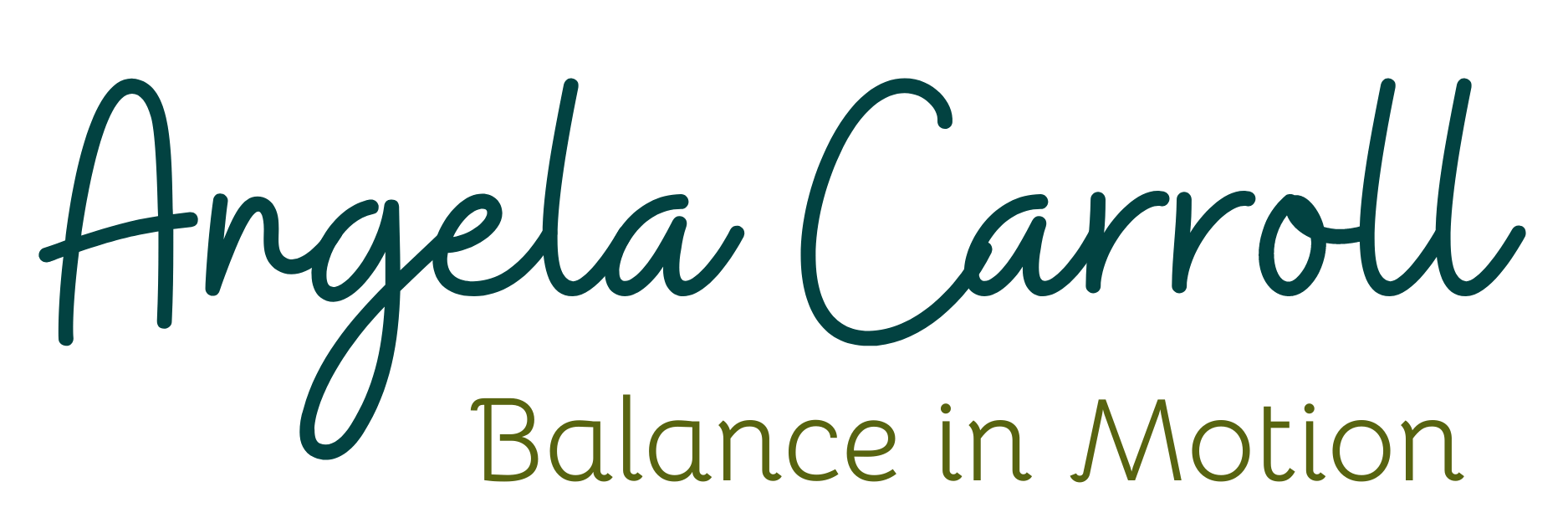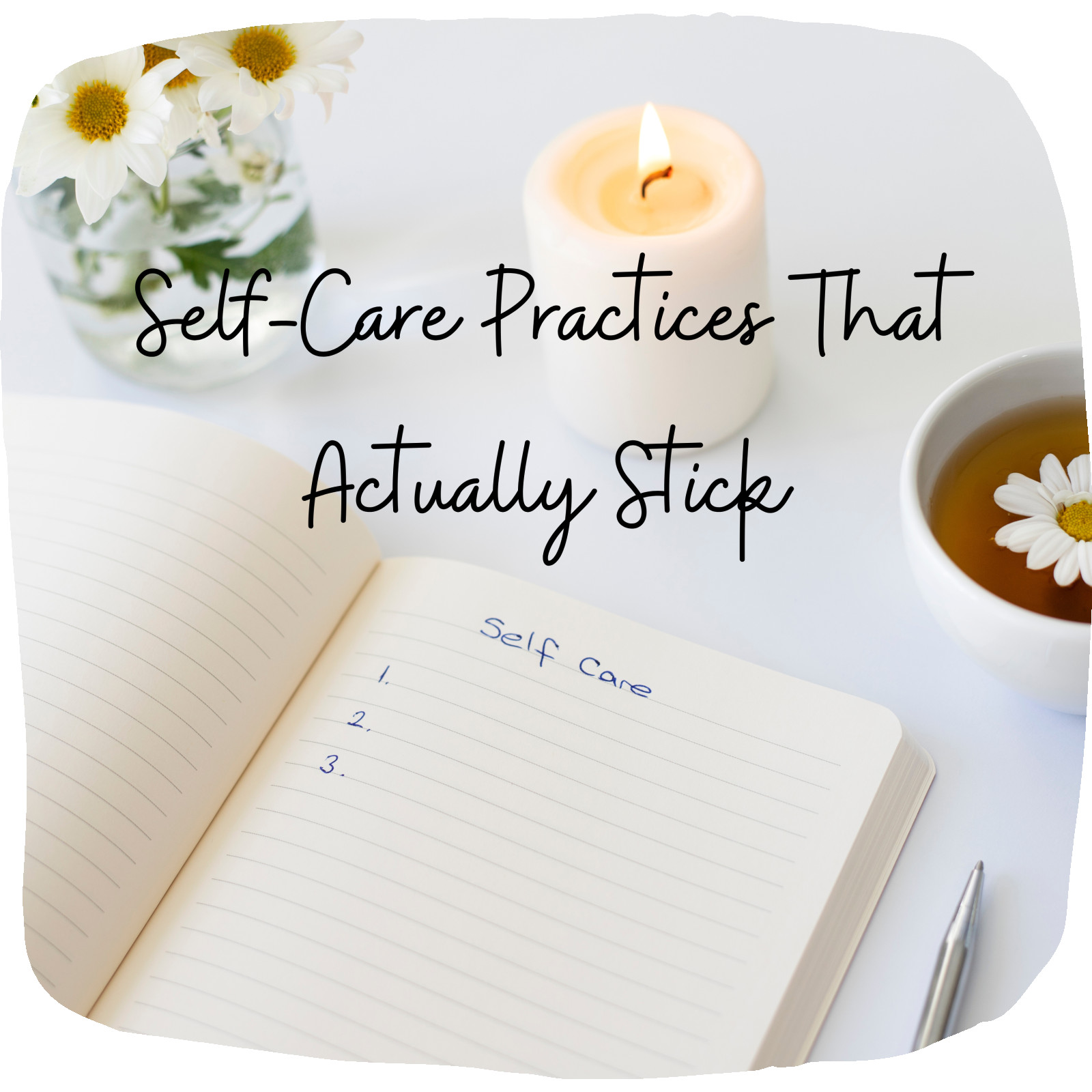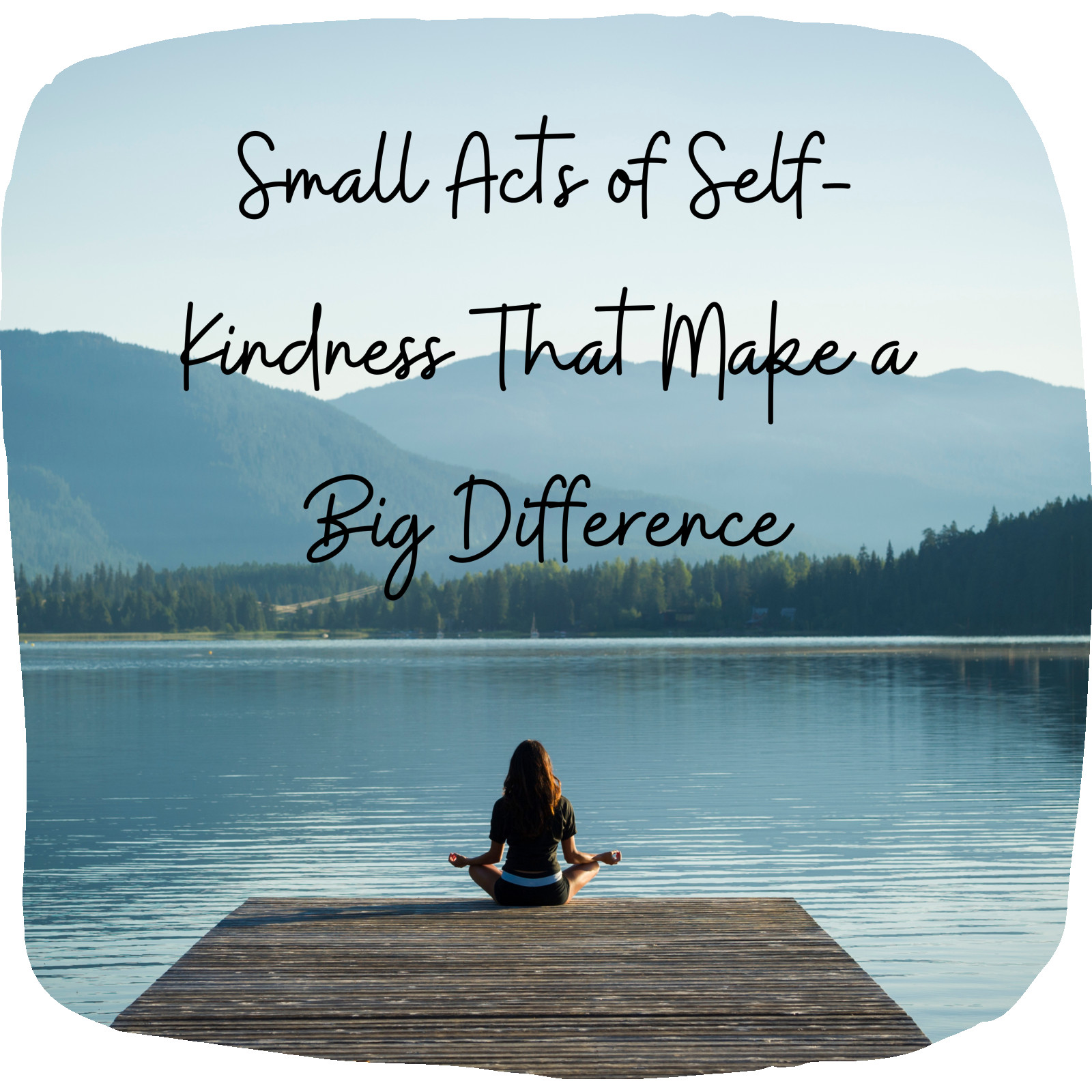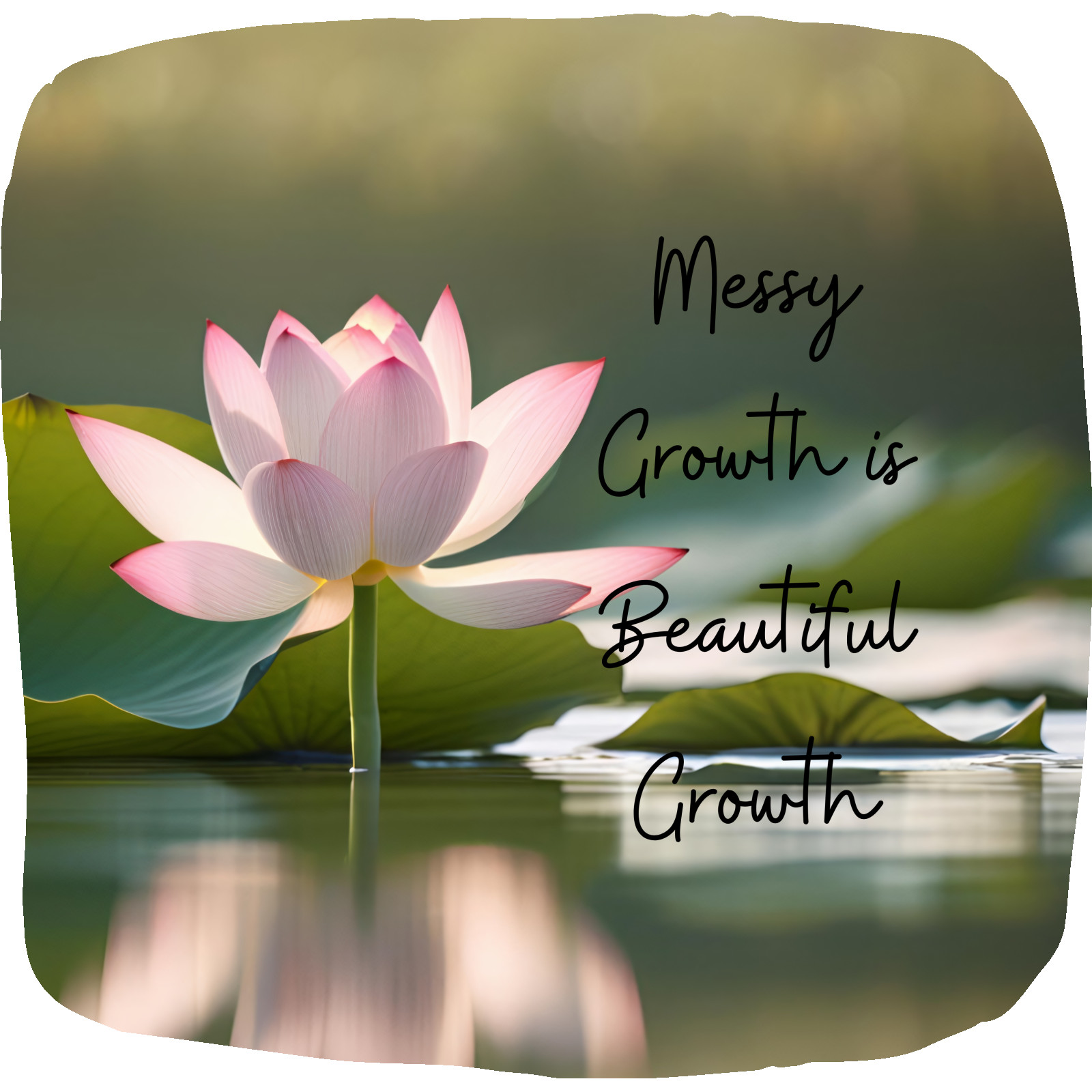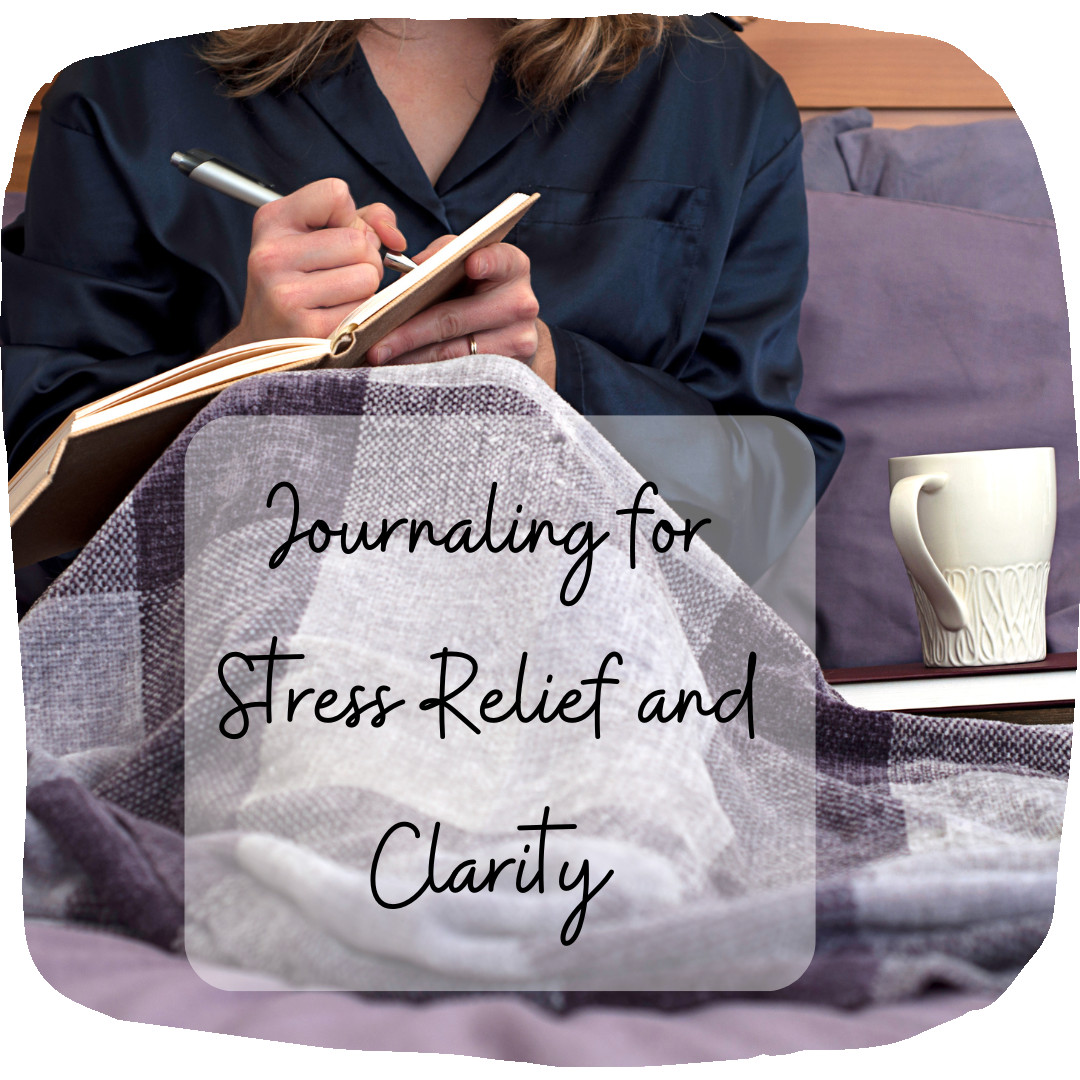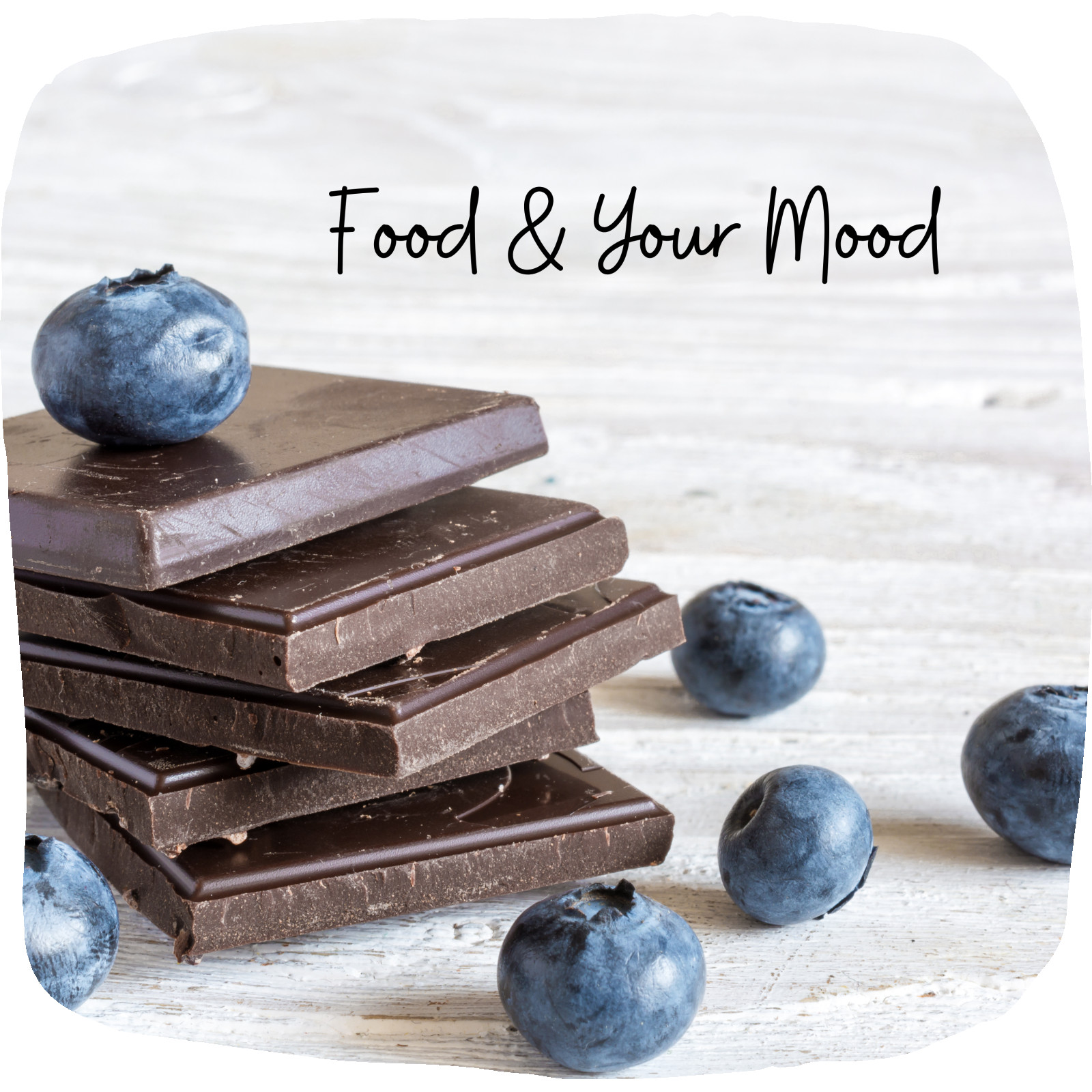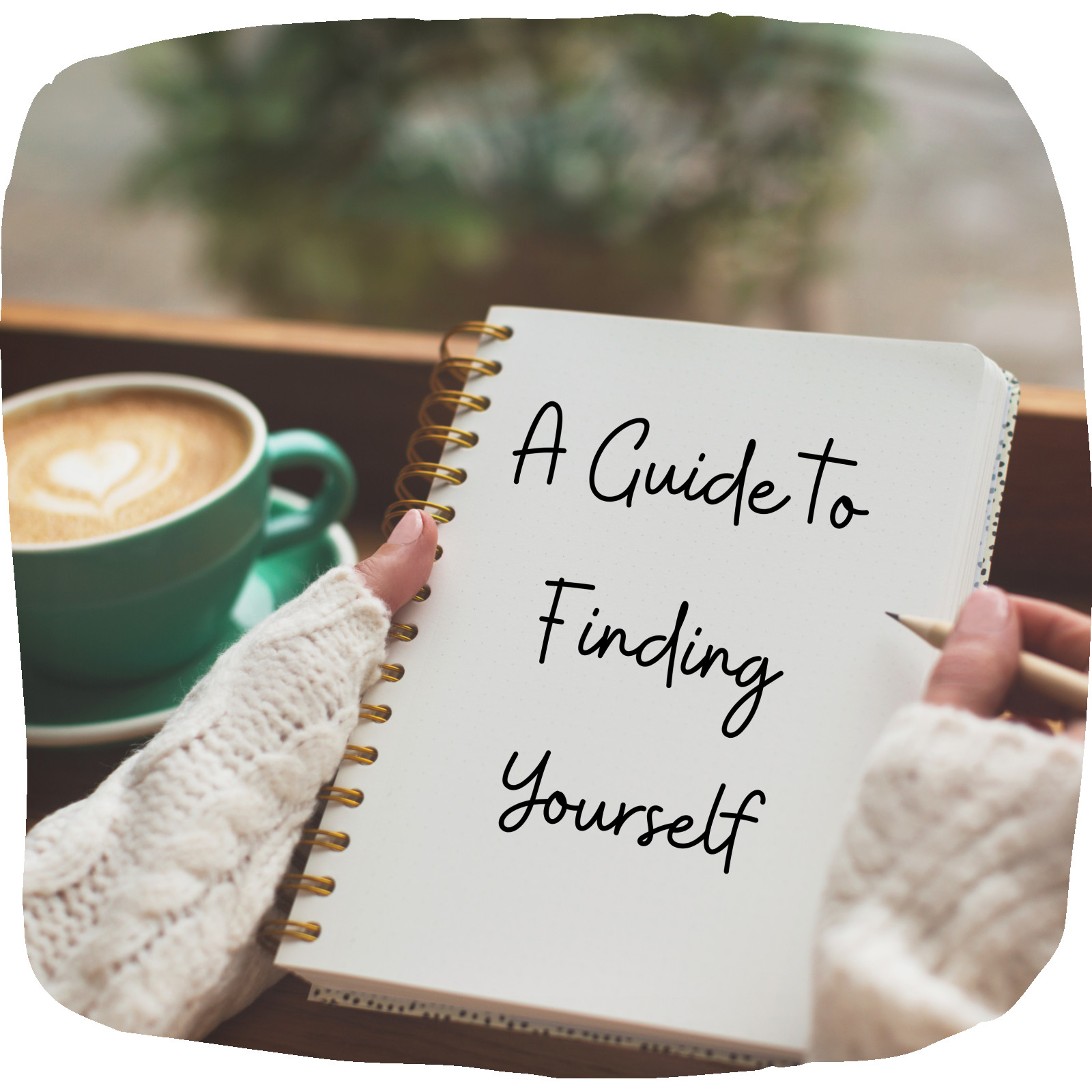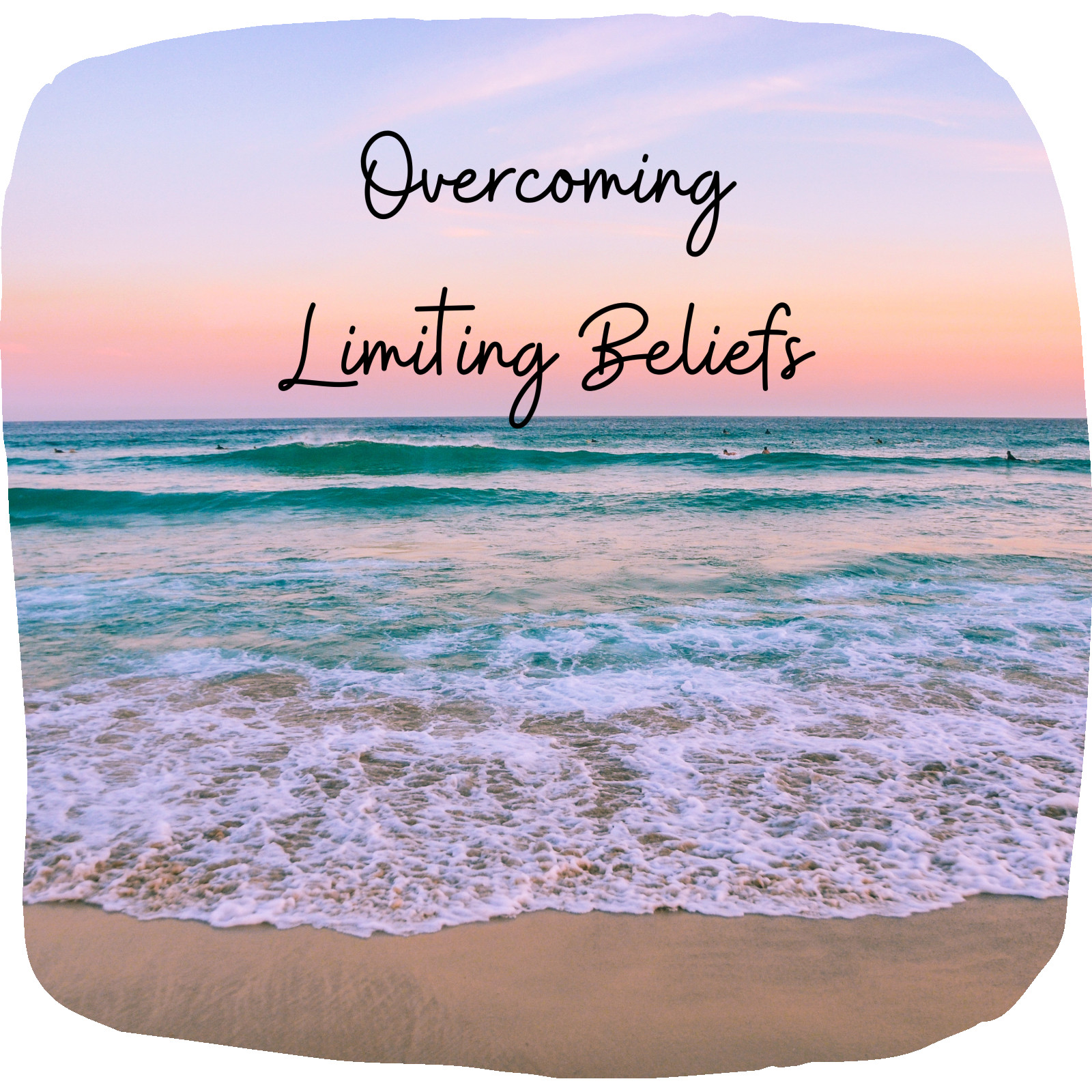
Fibromyalgia Doesn't Have to Be a Life Sentence
A fibromyalgia diagnosis can feel like a brick wall. You’ve got the muscle weakness, the relentless fatigue, the brain fog that makes you second-guess what room you walked into. And just when you manage to get a few hours of sleep? It doesn’t feel restful at all.
If you’ve been there, you know the questions start swirling. Will I always feel this way? Am I stuck taking medications that barely work? And how am I supposed to deal with groggy side effects on top of the brain fog I already have?
Take a deep breath because here’s the thing you need to know as a fellow fibro warrior: Fibromyalgia doesn’t define you. It’s not a life sentence. You can live a fulfilling, dynamic life. You can reduce your symptoms and feel like yourself again—even without being at the mercy of “just more meds.”
The Road to Relief
I was diagnosed with fibromyalgia at 19 years old. That’s more than half my life ago (and yes, I’ve been officially diagnosed multiple times since). At first, it felt like my world was shrinking, but you know what? I refused to stop moving. I decided to figure out what worked for me, on my terms, rather than letting fibro dictate my life.
It’s been over 25 years of learning what my body can handle and making adjustments. Some things I avoid entirely because I know they’ll trigger a flare-up. Other times, I push through when something matters to me, but I plan ahead to rest afterward. It’s a balance, and learning to manage it has given me so much more control.
Food as a Tool for Healing
One of the biggest game-changers in my fibro management has been food. What you eat can either help calm your symptoms or make everything worse.
For me, clean eating is non-negotiable. I avoid heavily processed foods and added sugars as much as possible, and I focus on whole, nutrient-rich options. Over time, I’ve learned to spot which foods trigger my symptoms. And listen, this didn’t happen overnight. It’s been trial and error, but the results? Worth every effort.
Still figuring this out for yourself? A food journal can make a world of difference. Write down what you eat and note how you feel afterward. Patterns will emerge, and once you start connecting the dots, you’ll be able to make choices that support your well-being.
Listening to Your Body
We often underestimate just how much our bodies are trying to tell us. Every symptom, every flare-up, every energy spike is data. Once you start tuning in, you’ll see just how much control you actually have.
Here are a few tips to begin listening to your body more closely:
- Track your triggers: Whether it’s food, activities, or stress, keep notes on what’s going on around the time of a flare-up.
- Listen and adapt: If your body says rest, rest. If it feels good, explore it further.
- Start small: Focus on making one adjustment at a time so it doesn’t feel overwhelming.
Your body isn’t working against you; it just needs you to start listening closely.
You’re Not Alone
If there’s one thing I want you to take away from this, it’s that you’re not alone. I’ve been in the trenches of fibro for most of my life, and I’m here to tell you, it’s possible to feel better. You’re more in control than it might seem.
Start with small, manageable changes. Build on what works for you. And know that support is out there for wherever you are on this journey.
Your Next Step
Are you ready to take control of your fibromyalgia and start feeling like yourself again? My guide to managing fibro naturally is a quick read with a handful of tips and techniques I’ve learned through years of trial and error. Grab your copy here.
xoxo Angela

Have you ever wondered why your body feels “off” some days and amazing the next? Those signals aren’t random. They’re your body’s way of communicating its needs to you. And the truth is, no one knows your body better than you. The trick is learning to listen.
Once you start paying attention, you’ll notice how much your body has been trying to tell you all along. Learning to tune in isn’t just about avoiding discomfort; it’s the key to better health, more energy, and a greater sense of balance in your daily life.
If that sounds easier said than done, don’t worry—I’ve got you. Here’s how you can start tuning in to your body’s signals and figuring out what they’re telling you.
Why Listening to Your Body is Essential
Your body is talking to you 24/7. Maybe it’s the tension in your shoulders when you’re stressed or the stomach flutters before an important moment. These little cues are messages, asking you to pay attention and make changes when needed.
When I was diagnosed with fibromyalgia at the age of 19, I learned (the hard way) how important this was. No one told me to listen to my body, but over time, I figured out that certain activities led to more pain and longer recovery times. It wasn’t easy, but once I began to notice patterns, everything started to make sense.
Listening to your body could mean the difference between thriving and merely surviving. And the best part? It’s a skill you can develop, no matter where you’re starting from.
Common Body Signals You Might Be Ignoring
Your body sends signals in so many ways. Here are just a few examples to watch for:
- Tense muscles: A sign that your body needs rest, relaxation, or stress relief.
- Stomach discomfort: Could be linked to diet, stress, or emotions.
- Headaches: Often tied to dehydration, poor posture, or even emotional tension.
- Brain fog: A telltale signal of needing sleep, better nutrition, or a mental reset.
Recognizing these signals is the first step. Decoding them takes practice, and that’s where journaling becomes a game-changer.
How to Use Journaling to Understand Your Body
Keeping a journal allows you to track what’s happening in your body and identify patterns over time. Don’t worry, it doesn’t have to be fancy. A simple notebook works just fine, but guided options like the Dailygreatness Wellness Journal can give you a bit more structure.
Here’s what to note in your journal to start reconnecting with yourself:
- What you eat and drink: Write down your meals, snacks, and hydration levels. How did each make you feel afterward?
- Your physical activity: Record your workouts or general movement. Did you feel energized or drained?
- Self-talk: Pay attention to your thoughts. Were you uplifting yourself or being overly critical?
- Interactions with others: Notice how the people around you influence your mood and energy.
- Symptoms and sensations: Note any tension, pain, or other physical signals.
At first, it might seem like a lot to track. Start small. Focus on food, exercise, or one other area that feels most relevant to you right now. Over time, your notes will help you connect the dots and figure out what your body is really asking for.
Start Small and Stay Consistent
One of the biggest challenges with learning to listen to your body is not expecting instant results. It’s easy to get discouraged if changes don’t happen overnight, but trust me on this one. The work you put in now will create the foundation for long-term health and happiness.
Begin with just one area. Maybe you start tracking how food affects your energy levels or how your body feels after different workouts. When that becomes second nature, layer in something else. Little by little, you’ll start recognizing your body’s patterns and responding intuitively.
You’re Worth the Effort
There will be days when it feels overwhelming, and you’ll be tempted to give up. But don’t. This isn’t just about solving the headaches or fatigue in the moment—it’s about building the relationship you have with yourself. You are worth the energy it takes to figure this out.
Whatever you do, keep moving forward. This process is for you. It’s about showing up for your health, your happiness, and the best version of yourself.
It is also important that you use the right essential oils if you’re exploring those options. If you need help, reach out to me for guidance.
Love this blog? Check out my guide to Fitness Over 40. Get it here.
xoxo Angela
